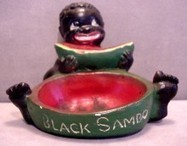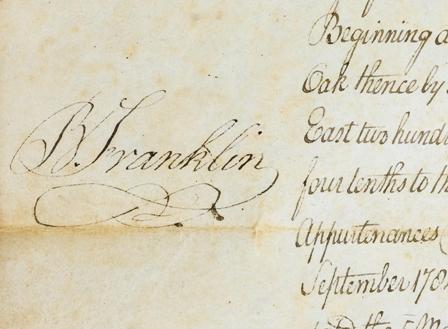While sewing itself dates back thousands of years, to the Paleolithic period, patterns for making clothing are a much more modern invention.
The earliest known fashion patterns, dating to ancient Egypt, were relatively simple guide templates cut from slate. (Similar slate guides, presumed to the products of trade, have also been found in ancient Roman catacombs.) However, for the most part early human history, clothing was primarily constructed from rectangular shaped pieces of uncut woven fabric. The fabric, so labor intensive to produce and therefore costly to purchase, was primarily left intact to minimize waste. At this time, the wearer was almost always the maker of his own clothes. The cloth itself, not the shape or design of the garment, was the distinguishing feature.
However, by the year 1297 the first reference to the word “tailor” is used in Europe. This would indicate that pattern making must have begun at some point prior, as tailoring involves the acts (or arts) of cutting and sewing cloth — the two basic aspects of constructing clothing from a pattern. Also in the 13th century, a French tailor attempted to make patterns from thin pieces of wood. However, this tailor’s invention was thwarted by the powerful Tailor’s Guild whose members feared such an invention would put them out of business.
According to Principles of Flat Pattern Design by Nora MacDonald, the real art of pattern making wouldn’t begin until the 15th century. This is the result of two pivotal historical moments: the Renaissance, and the movement’s desire to dress to accentuate the human form, and Gutenberg’s printing press. The former meant that carefully engineered pieces of fabric were cut to form clothing which would contour to the body. The latter meant that images of clothing designs could be more widely disseminated. So, now when the wealthy had their new form-fitting frocks, the little people could all see images of them — even if they had never been to the big cities, let alone court. As countries grew in power (first Italy, then Spain and France), so they influenced others. And what they were wearing was a large part of that influence. Fashion was truly born.
The fashions of these times continued to be made by tailors. The process was elaborate, with tailors working with each client’s to take their individual measurements to customize and even create patterns. Such highly revered skills meant that the services of tailors were relegated only to the very rich. This continued to be the case through the Industrial Revolution.
For those who could not afford a tailor of their own, staying fashionable was laborious. While the publications of the day (such as Godey’s Lady’s Book & Magazine, The Young Ladies Journal, and Peterson’s Ladies National Magazine), depicted the latest fashion designs, the accompanying text was more like a flowery description than a set of step-by-step instructions. Your average household, relying upon the lady of the house and her daughter(s) to make the clothing, struggled to make use of the fashion lithographs provided. Rarely were diagrams provided; and no measurements were given. Even when one was talented enough to make the required calculations, all the sewing was done by hand — and the sewing was typically done after more vital and immediate work was performed. By the time your dress was finished, it really could be out of fashion.
The Industrial Revolution brought along a host of advances which greatly increased the standard of living for “the masses”. This included less expensive textiles and an even greater desire for fashions — naturally spurring advances in the fashion industry. As we reach the early 19th century, clothing pattern history closely parallels domestic sewing machine history.













 Our host was Ida Carlson’s grandson, and after Ida retired from the dance hall business his parents kept it going until the 1980s. The heyday of Ida Carlson’s Barn was the 1930s to the 1940s. The barn was built in 1934, specifically to host dances; it — and the outhouse, of course — were the first buildings on the property. Ida got her permit to run barn dances in May 1934 and ads for events at the Barn started appearing in the Moorhead Daily News almost immediately. She applied for a beer license, too, but the county declined, saying having beer and barn dances in the same place “would be against the public interest.” Ida Carlson’s Barn became a popular youth hangout for all the usual reasons that young people needed a place out of town, away from their responsibilities, to hang out with other youths. It’s where people
Our host was Ida Carlson’s grandson, and after Ida retired from the dance hall business his parents kept it going until the 1980s. The heyday of Ida Carlson’s Barn was the 1930s to the 1940s. The barn was built in 1934, specifically to host dances; it — and the outhouse, of course — were the first buildings on the property. Ida got her permit to run barn dances in May 1934 and ads for events at the Barn started appearing in the Moorhead Daily News almost immediately. She applied for a beer license, too, but the county declined, saying having beer and barn dances in the same place “would be against the public interest.” Ida Carlson’s Barn became a popular youth hangout for all the usual reasons that young people needed a place out of town, away from their responsibilities, to hang out with other youths. It’s where people 















































